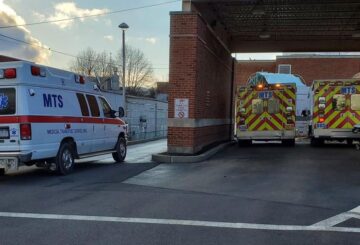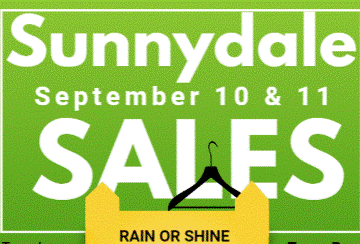By Bob Confer,10/27/21
Editor’s note: This is the third in a four-part series looking at the statewide proposals on November’s ballots.
Given the political theater that’s surrounded elections the past year-and-a-half – one half of the country wants to see more access while the other half wants to combat fraud – it’s not unexpected that New York voters will be faced with ballot measures about voting.
The first of those, proposal 3, asks: The proposed amendment would delete the current requirement in Article II, § 5 that a citizen be registered to vote at least ten days before an election and would allow the Legislature to enact laws permitting a citizen to register to vote less than ten days before the election. Shall the proposed amendment be approved?
64% of the adult population of NY is registered to vote, meaning that just over 5 million people are eligible by both age and residency but have not taken the steps necessary to participate in the election process.
That’s a lot of people who remain silent either by choice or by impediment.
Proponents of what’s been proposed appreciate the access that the amendment provides to the latter category.
For the unregistered, there may be confusion over how the registration process works — after all, civics classes, for the most part, have been neutered in public schools and we aren’t properly preparing young New Yorkers for the responsibilities of self-government before them. For New Americans, registration could be stymied by language barriers and a misunderstanding of how the political system works — consider that only 58% of Asian and 62% of Hispanic New Yorkers are registered, compared to 73% of whites.
By eliminating the 10-day grace period, the amendment could help the unregistered find their voice by providing same-day registration, meaning they could show up at the polls, register and vote at once. That would make the polls a one-stop electoral destination, eliminating the hurdles some people might otherwise find in participating.
Opponents see an amendment that’s fraught with unfunded mandates and fraud.
Currently, what you see is what you get. The change to the amendment is all we have to work with. No one knows what’s on the other side of it. The Legislature won’t develop their laws around it until the amendment is passed. There’s currently no framework regarding funding, training, processes, or infrastructure for poll workers to provide registration services.
How would they do it? Would they be empowered with a computer with which they could enter the applicant’s info and double-check eligibility? Would they only collect a paper registration form and the ballot, entering it after Election Day and recognizing the newly-registered’s ballot as a sort of absentee ballot to count later?
And what of the potential for fraud and error? What if the applicant appeared at the wrong voting precinct? What if the registrar didn’t properly identify a new voter’s eligibility and allowed that person to vote in an improper district? What if registrants flooded the poll station and created backlogs and headaches for other voters and poll workers alike?
Proposal 4 also comes with its own conflict.
Under current law, you can’t receive an absentee ballot unless you are physically absent from the county of residence on Election Day or illness or disability makes it difficult if not impossible to venture to the polls.
The ballot item would recognize what’s known as no-excuse absentee balloting if this question were answered to the affirmative: The proposed amendment would delete from the current provision on absentee ballots the requirement that an absentee voter must be unable to appear at the polls by reason of absence from the county or illness or physical disability. Shall the proposed amendment be approved?
Those against this see another means in which fraud could influence the elections. They say that anyone could fill out an absentee ballot and there’s no means to verify who actually did. It’s not as if there’s a poll worker present, who knows her community, that can verify by knowledge or engagement that the voter is who they say they are. The opponents of the change also say that if someone is serious about placing a vote, they will find the time to do so in person, given the various opportunities available.
Proponents will counter with the fact that there are various double-checks in play – a voter has to request a ballot; the Elections Board verifies name, address, and district; the voter seals and signs the security envelope; and, the Board verifies the signature. Supporters will also cite that it’s what the rest of America does: 5 states conduct elections by mail and 29 more offer no-excuse absentee voting.
They’ll also say no-excuse absentee voting offers much-needed convenience for those with busy lives who still want to help decide the who and what of our government. Think of the single mom balancing a job and kids, the businessperson who travels often or works long hours, the dairy farmer who has to tend to milking and feeding of his herd throughout the day, or the nurse who pulls double shifts at an understaffed hospital. They are all busy and deserve the convenience of an absentee ballot so they can be a good citizen at the polls and at home and work.
When it comes to these ballot items, tune out the noise. Both sides have been incredibly vocal about voting rights or fraud. So, take a step back, analyze the proposals on their own merits, and make your decision on what you think the risks and rewards are.







